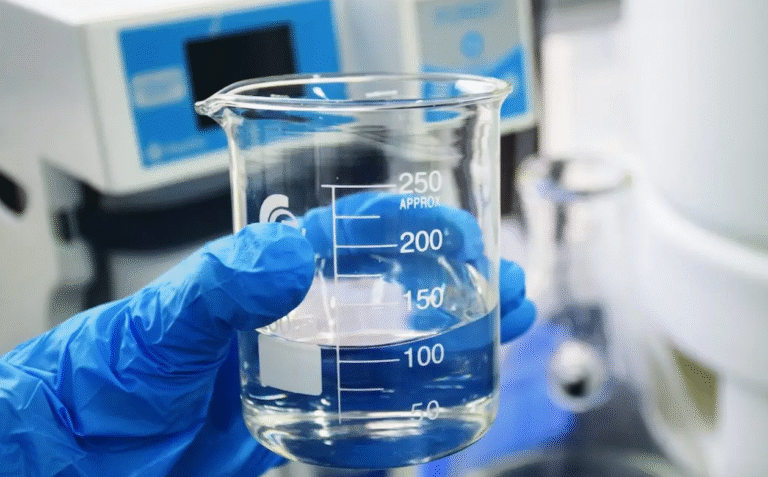Choosing the Best Materials for Your Deer Fence: Durability, Cost, and Environmental Impact
When building a fence to keep deer out, the type of deer fence material you use makes a big difference. Materials vary in strength, cost, and how easy they are to maintain. Knowing the pros and cons of each option helps ensure your fence will protect your garden effectively and last for years. This article breaks down the most common deer fence materials and what you should consider before making a decision.
Common Deer Fence Materials
The most popular deer fence materials include polyethylene mesh, wire mesh, and metal poles for support. Each plays a different role in your fence’s overall strength and lifespan.
Polyethylene Mesh
Polyethylene mesh is a synthetic plastic material widely used for deer fencing. It consists of tightly woven strands that create a flexible but sturdy barrier.
Durability: Polyethylene mesh is resistant to weather, UV rays, and corrosion. It does not rust or rot, which helps it last several years outdoors with minimal damage.
Maintenance: This material requires occasional checking for sagging or tears. Minor repairs are simple with patch kits or by replacing sections.
Environmental Impact: While polyethylene is plastic-based, some manufacturers offer recycled options. However, it is not biodegradable, so disposal should be handled responsibly.
See also: The Spider Hoodie & Sweatpants: 2025’s Cultural Reset Button
Wire Mesh
Wire mesh is another popular choice for deer fences, made from galvanized steel or coated metal wires woven into a grid.
Durability: Wire mesh is strong and durable, able to withstand pressure from deer and other animals. Galvanized coatings prevent rusting and extend the life of the fence.
Maintenance: Wire mesh may require occasional tightening and rust inspection. Damaged sections are replaceable but may require more tools and effort than polyethylene.
Environmental Impact: Metal wire is recyclable, making it an eco-friendlier choice compared to some plastics. Galvanizing involves chemicals but adds to longevity, reducing waste over time.
Metal Poles and Posts
Metal poles provide support for the fence material, ensuring it stays upright and tensioned.
Durability: Steel or aluminum poles resist rot and insect damage unlike wooden posts. They can last for decades with little degradation.
Maintenance: Metal poles need inspection for rust or bending. Protective coatings help prevent corrosion.
Environmental Impact: Metal poles are recyclable and often made with recycled content, reducing their environmental footprint.
Factors to Consider When Choosing Deer Fence Material
Understanding the main qualities of deer fence material helps you decide which option fits your needs best.
Longevity
Long-lasting fences reduce replacement frequency and save money over time. Wire mesh and metal poles generally offer the longest lifespan, with polyethylene mesh still lasting many years if maintained well.
Cost
Polyethylene mesh tends to be the most affordable deer fence material upfront, especially for DIY projects. Wire mesh and metal poles usually have higher initial costs but can provide better durability, which might balance out over time.
Installation Ease
Polyethylene mesh is lightweight and easier to install, making it popular for smaller properties or home gardens. Wire mesh is heavier and more difficult to handle but offers sturdiness for larger or commercial properties.
Environmental Impact
Choosing eco-friendly materials can reduce your project’s carbon footprint. Metal components are typically recyclable, while recycled polyethylene options are becoming more common. Responsible disposal and recycling are important for all materials.
Tips for Maintaining Your Deer Fence Material
Regular maintenance extends the life of your fence, no matter the deer fence material used:
- Check for sagging mesh or loose wires and tighten as needed.
- Inspect posts for stability and repair any that lean or break.
- Clean off dirt, debris, and vegetation that can cause wear.
- Address small holes or tears promptly to prevent bigger damage.
- Use rust-resistant coatings on metal parts if not pre-coated.
Comparing Deer Fence Materials: Summary
| Material | Durability | Maintenance | Environmental Impact | Cost | Installation Ease |
| Polyethylene Mesh | Moderate-High | Low | Moderate (recyclable options available) | Low | Easy |
| Wire Mesh | High | Moderate | High (recyclable metal) | Moderate-High | Moderate |
| Metal Poles/Posts | Very High | Low-Moderate | High (recyclable) | Moderate | Moderate |
Final Thoughts on Deer Fence Material
Choosing the right deer fence material depends on your priorities: whether you want the most affordable, easiest to install, or longest-lasting fence. Polyethylene mesh is a great budget-friendly choice for many gardens, while wire mesh and metal poles offer superior strength and environmental benefits.
Thinking about how long you want your fence to last, the effort you can put into maintenance, and your environmental values will help you select the ideal materials. With the right choices, your deer fence will protect your plants and property for years to come.


